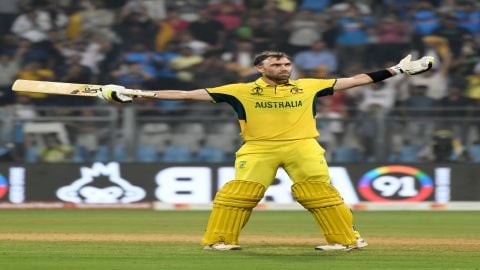
CLOSE IN: What a Maximo- Hats Off Glen Maxwell (IANS column) (Image Source: IANS)
Hats Off Glen Maxwell:

I came across the word “Maximo” during my recent visit to Malaga, Spain, for the European Cricket Championship. It was used when a batsman hit the ball out of the park for a six.

